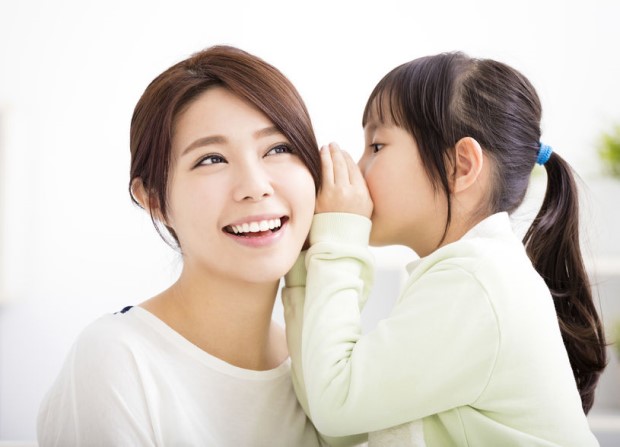
When my daughter was two years old, she started having intense tantrums, often several times a day. My husband and I saw her as a ticking time bomb that could explode at any moment. It’s not an unusual experience, but the anxiety and stress were getting to me. How to cope? I had to learn to ground myself and I had to learn to really listen.
Start with Groundedness and Self-Compassion
First, I had to deal with my stress response. Could I keep my cool in the face of her intensity? Oftentimes, the answer was no. Yelling only makes a hard situation worse, so getting some space from the situation to calm down helped. It didn’t feel great to leave her when she was upset, but it was better than erupting into a mommy tantrum. I learned that when your child is in a safe place, sometimes temporarily leaving can be the more skillful choice.
When I was able to stay calm, I had yet another problem. The words I said triggered a whole other round of toddler screaming! Although mindfulness was helping me calm down and stay present, it turned out I had inherited a way of speaking that triggered resistance in my daughter. What I said actually made things worse, not better, but I didn’t know how to communicate more skillfully. I had to learn how to listen—to really hear what she was saying and take it seriously, even if it didn’t seem like a big deal to me—and offer her some empathy.
Listen to Cultivate Connection
Relationships are built on connection, and connection is developed through our interactions—through communication. Fundamentally, we all want to be seen and heard, especially in our closest relationships. Unfortunately, it’s often in our closest relationships—including with our children—that we tend to withdraw our attention. It might be because we are on autopilot or in “doing” mode, getting things done, or on our way out the door. Or maybe it’s the phone in our hands. So we only listen with a tiny fraction of our attention. That’s why your mindfulness meditation is a foundational practice. Children need us to really be there—body, mind, and spirit—not just telling them to hurry up and put on their shoes. As Thich Nhat Hanh says:
“When you love someone, the best thing you can offer is your presence. How can you love if you are not there?”
Every time your child talks to you they want to make a connection. Every time they want to connect, it can be a bell of mindfulness—a reminder to pause and listen with all of your attention. To turn the phone off, put it down, and practice being fully present with your child. Or to tell them that you aren’t able to listen right now. When we practice listening mindfully—with our focused, non-judgmental attention—then we can truly understand what is going on for our children. When we listen like that, our children feel seen and heard.
Listening attentively is the gold standard for helping others when they have a problem. It helps them clarify and resolve their problem through talking it out. Sometimes listening is all it takes to solve their problem! You’ve shown that you’re really present, so they feel understood. Our children want us to accept them exactly as they are, uncomfortable feelings and all. To feel accepted is to feel loved, which heals many problems.
We often mistakenly think that accepting our child’s feelings is the same as accepting their behavior and choices. Not true. If you are listening to their problem with compassion, it does NOT mean that you condone their choices. Instead it simply demonstrates that you accept them and their feelings (not necessarily their behavior).
When your child has a problem, listening with your full attention can be like magic. When you do this, you communicate so much without ever saying a word. Try saying less and listening more this week!
Practice: Mindful Listening
Make it a practice to stop talking and simply listen with your full attention. Think of it as a mindfulness practice, so that you can be fully present when your child is talking to you.
What are some ways to be fully present?
- A big way to reduce distraction is to put the phone away so that you are not tempted to check it.
- After putting away intrusions, focus your body language toward your child. Turn your body in their direction and shift your gaze toward them. If they are sharing something uncomfortable, they may not want to make eye-contact, and that’s okay. Sit side by side.
- Use your mindfulness skills to notice when your mind is wandering into the past, into the future, or is judging, or planning a response. Instead, practice to simply be still and listen to what your child is saying. What does your child want? What happened? What is your child feeling?
Simply listening attentively, with your mind and body focused on your child will forge a stronger connection. Give it a try and find out how helpful you can be without even uttering a word!


